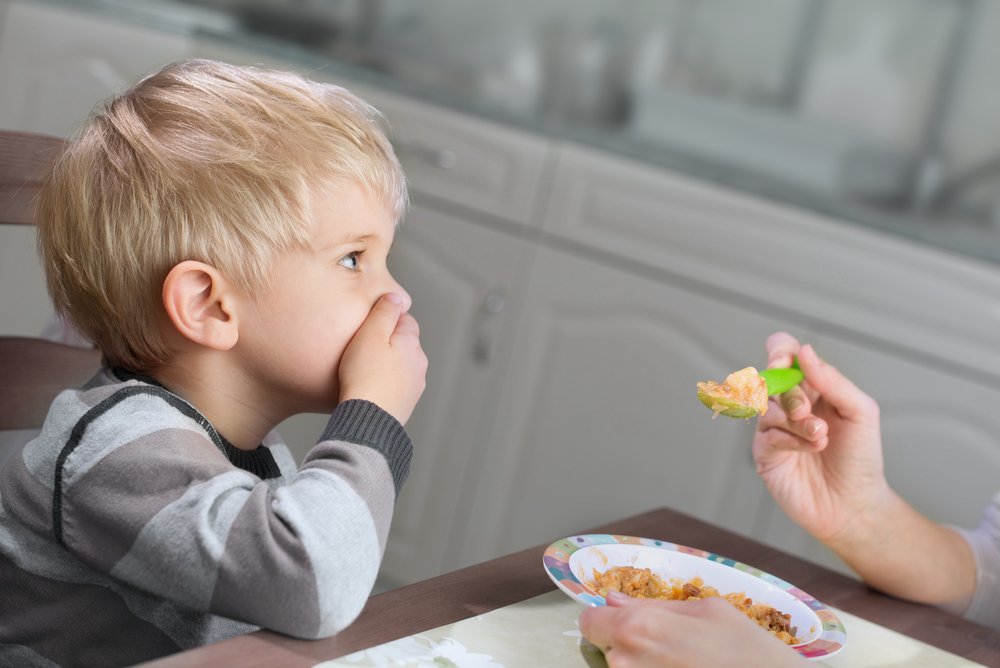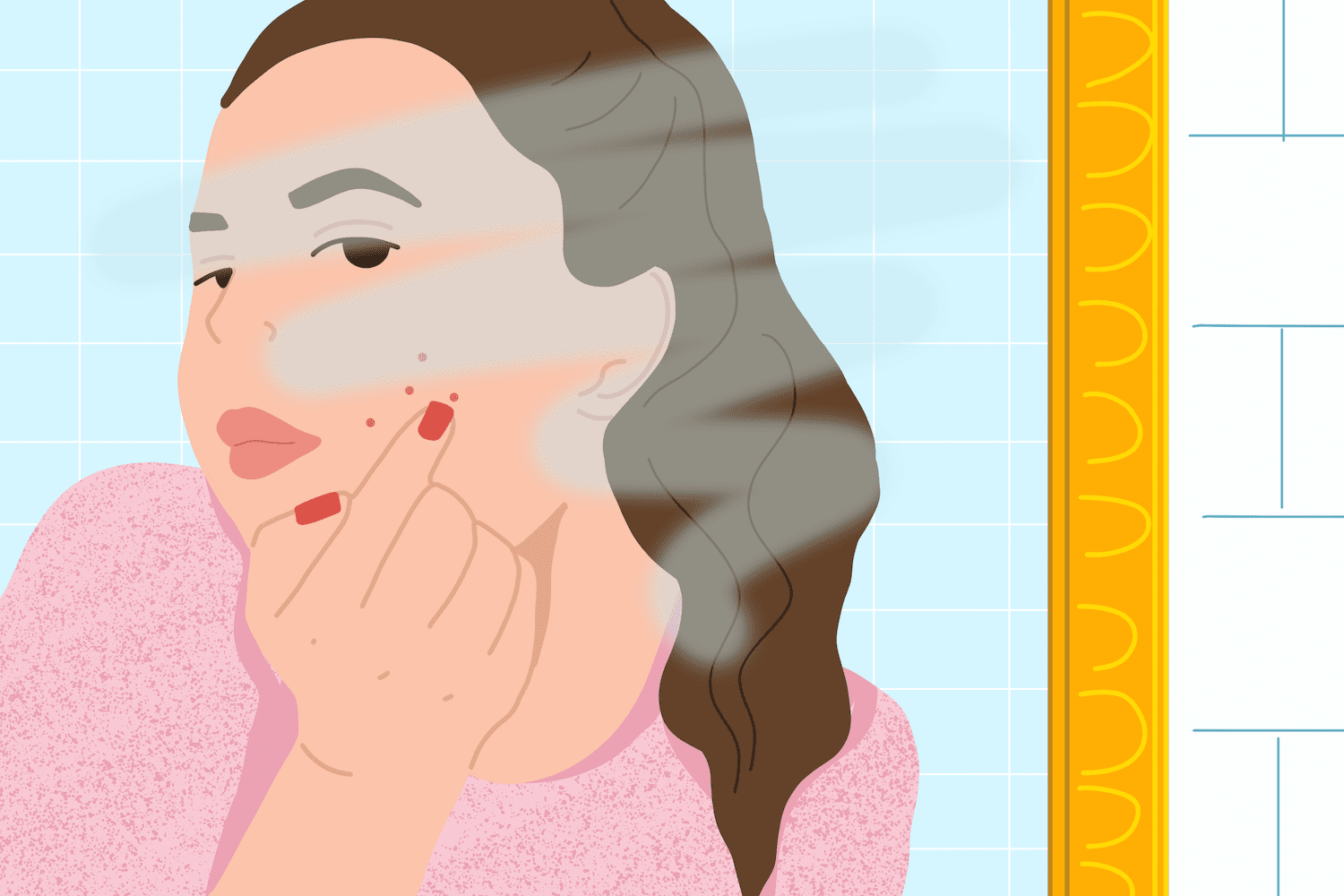Hello, I’m Dr. Anita Sabeti. As a pediatrician practicing in Beverly Hills, one of the most common and growing concerns I discuss with parents is anxiety. It’s a word we hear a lot, and it can be especially frightening when it applies to our own children.
You are not alone in this. A worried parent recently told me, “My son seems to carry the weight of the world on his shoulders, and he’s only nine.” This feeling is becoming increasingly common in households across our community. In our fast-paced, high-achieving world, the pressures on children are different than they were even a decade ago.
The purpose of this guide is to help you understand what anxiety in children looks like in 2025, where it comes from, and what we can do about it—together.
First, it is important to know that anxiety in children is incredibly common. According to data from the Centers for Disease Control and Prevention (CDC), approximately 9.4% of U.S. children aged 3-17 have been diagnosed with anxiety. That’s nearly 1 in 11 children. You are not the only parent navigating this, and your child is not the only one feeling this way.
What is Anxiety, Exactly?
It’s important to make a distinction. Occasional fear and worry are normal parts of childhood. It is a natural response for a child to be nervous before a big test, a new social situation, or when speaking in front of the class. This kind of short-term worry can even be protective.
An anxiety disorder, however, is different. It’s when that worry doesn’t go away. It becomes persistent, overwhelming, and starts to interfere with their daily life—their ability to go to school, make friends, enjoy activities, or even sleep.
A Quick Scientific Fact: When we sense danger, a small, almond-shaped part of our brain called the amygdala takes over. This is our “threat detector,” and it triggers the “fight-or-flight” response, flooding our bodies with adrenaline. This is wonderful if we’re being chased by a bear. However, in a child with an anxiety disorder, this alarm system can become overactive. It may perceive threats where there is no real danger, like going to school or being separated from a parent.
The Landscape of Anxiety in 2025: Modern Pressures
When I talk with parents and patients, I see a clear pattern of new, modern stressors that contribute to what we’re seeing in 2025.
- Academic and Social Pressure: In communities like ours, the pressure to succeed can be immense. From a very young age, children can feel the push to be the best, participate in numerous extracurriculars, and get into top schools. This “perfectionism” is a heavy burden for young minds to carry.
- The Digital World: Today’s children are the first generation to grow up entirely in a world of smartphones and social media. This constant connectivity has a downside. A 2023 U.S. Surgeon General’s advisory highlighted that adolescents who spend more than three hours per day on social media face double the risk of experiencing poor mental health outcomes, including anxiety and depression. They are constantly comparing their real lives to the curated “highlight reels” of their peers, which can lead to feelings of inadequacy and social anxiety.
- A 24/7 News Cycle: Children absorb more than we realize. They hear about global conflicts, climate change, and other unsettling world events. This can disrupt their fundamental sense of safety and predictability in the world.
Recognizing the Signs: What to Look For
Anxiety doesn’t always look like a child cowering in a corner. In fact, it often “hides” behind other behaviors. One of the most important things you can do as a parent is learn to spot these subtle (and not-so-subtle) signs.
Physical Symptoms (The “My Tummy Hurts” Complaint)
Anxiety is very physical. Because of the “fight-or-flight” hormones, children often experience real, physical symptoms.
- Frequent stomachaches or nausea
- Headaches or migraines
- Feeling “shaky” or restless
- Fatigue (being “too tired” to play or go to school)
- Difficulty sleeping (trouble falling asleep, staying asleep, or frequent nightmares)
- Changes in eating habits
Emotional and Behavioral Symptoms
- Irritability and Anger: This is a big one. Anxious children are often living in a state of high alert. They have short fuses and may be quick to anger or snap. That “bad attitude” might actually be a cry for help.
- Avoidance: Suddenly refusing to do things they used to enjoy. This can look like avoiding school (“school refusal”), social events, or even small things like placing an order at a restaurant.
- Perfectionism: An intense fear of making mistakes. This might be the child who erases a hole in their paper or spends three hours on a 30-minute homework assignment.
- Constant Reassurance Seeking: Asking “Are you sure?” “What if…?” or “Are you mad at me?” over and over. They are looking for certainty in a world that feels very uncertain to them.
- Trouble Concentrating: When your mind is racing with “what if” scenarios, it’s very hard to focus on a math lesson or a teacher’s instructions.
The Anxiety Iceberg: What You See vs. What’s Hidden
`

I often use this visual with parents. It helps reframe how we see our children’s behavior. When you see the behavior above the surface (like an angry outburst), try to get curious about what’s below the surface.
A Parent’s Toolkit: How You Can Help at Home
When you recognize these signs, your first instinct is to “fix” it. But with anxiety, our goal isn’t to eliminate it—it’s to help our children manage it. Here are strategies you can start using today.
- Validate, Don’t Dismiss: This is the most important rule. Never say, “Don’t worry,” “It’s no big deal,” or “Just get over it.” To your child, it is a big deal. Instead, try validating their feeling: “I can see that you are feeling really worried about the test. That sounds hard. I’m here with you.” This shows empathy and connection, which is what they need most.
- Model Calmness: Your child takes their cues from you. When they are escalating, you must be their anchor. Take a deep breath yourself. Speak in a low, calm, slow voice. Your calm is contagious.
- Don’t “Sponsor” the Anxiety: It is tempting to help your child avoid every single thing that makes them anxious. This is a short-term fix that makes the anxiety worse in the long run. If they are afraid of dogs, we don’t buy a dog tomorrow, but we also don’t cross the street every time we see one. We find small, brave steps—like looking at a picture of a dog, then watching one from a window.
- Externalize the Worry: Give the anxiety a name. Call it the “Worry Bully” or “Mr. What-If.” This helps your child see the anxiety as something separate from themselves—something they can stand up to. “It looks like the Worry Bully is showing up. What can we say back to it?”
- Focus on Healthy Habits: The basics are foundational.
- Sleep: A tired brain is an anxious brain. Protect their sleep schedule.
- Nutrition: Limit high-sugar, processed foods that can cause energy (and mood) crashes.
- Movement: Physical activity is one of the world’s best anxiety reducers.
For more strategies on helping your child build coping skills, I highly recommend the resources provided by the American Academy of Pediatrics at HealthyChildren.org.
When to Seek Professional Help
If you’ve tried these strategies and your child’s anxiety is still interfering with their school, friendships, or family life, it’s time to call a professional. There is no shame in this. You would take your child to a doctor for a persistent cough, and the same standard applies to mental health.
As your pediatrician, I am your first line of defense. We will start by:
- Talking: I will talk with you and your child to understand the full picture.
- A Physical Exam: We will run tests to rule out any underlying medical issues that could be mimicking anxiety (like thyroid issues or vitamin deficiencies).
- Creating a Plan: This plan might involve working with a child therapist, often one who specializes in Cognitive Behavioral Therapy (CBT). CBT is an incredibly effective, evidence-based treatment that teaches children how to challenge their anxious thoughts and change their behaviors.
For more detailed information on treatment options, the National Institute of Mental Health (NIMH) offers excellent, in-depth guides on anxiety in children.
Your Partner in Health
Watching your child struggle with anxiety is one of the hardest things a parent can go through. Please remember, this is not a failure on your part. It is a manageable health condition.
Your child is not “broken”—they are simply a child who is struggling and needs support. With the right tools, a compassionate environment, and a strong team (that includes you, me, and other professionals), your child can learn to manage their anxiety and thrive.
If this guide resonates with you, or if you have any concerns about your child’s well-being, please do not hesitate to schedule an appointment. We are here to help.
For more resources or to book a consultation, please visit our homepage at https://BeverlyHillsPediatrician.com.
Warmly,
Dr. Anita Sabeti



